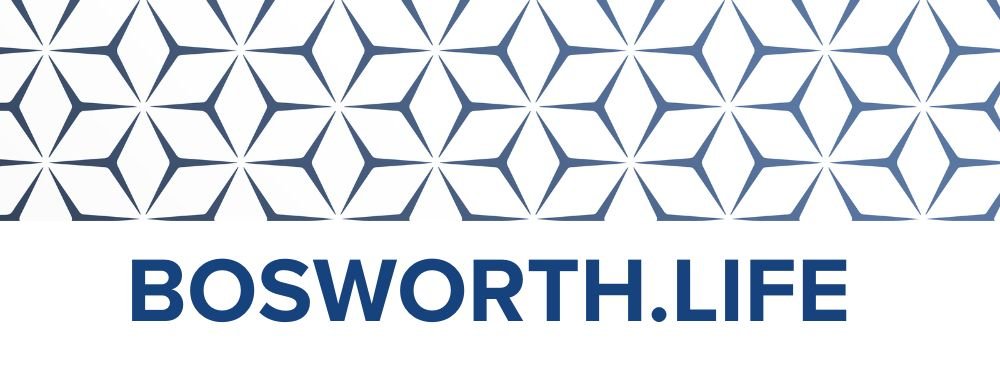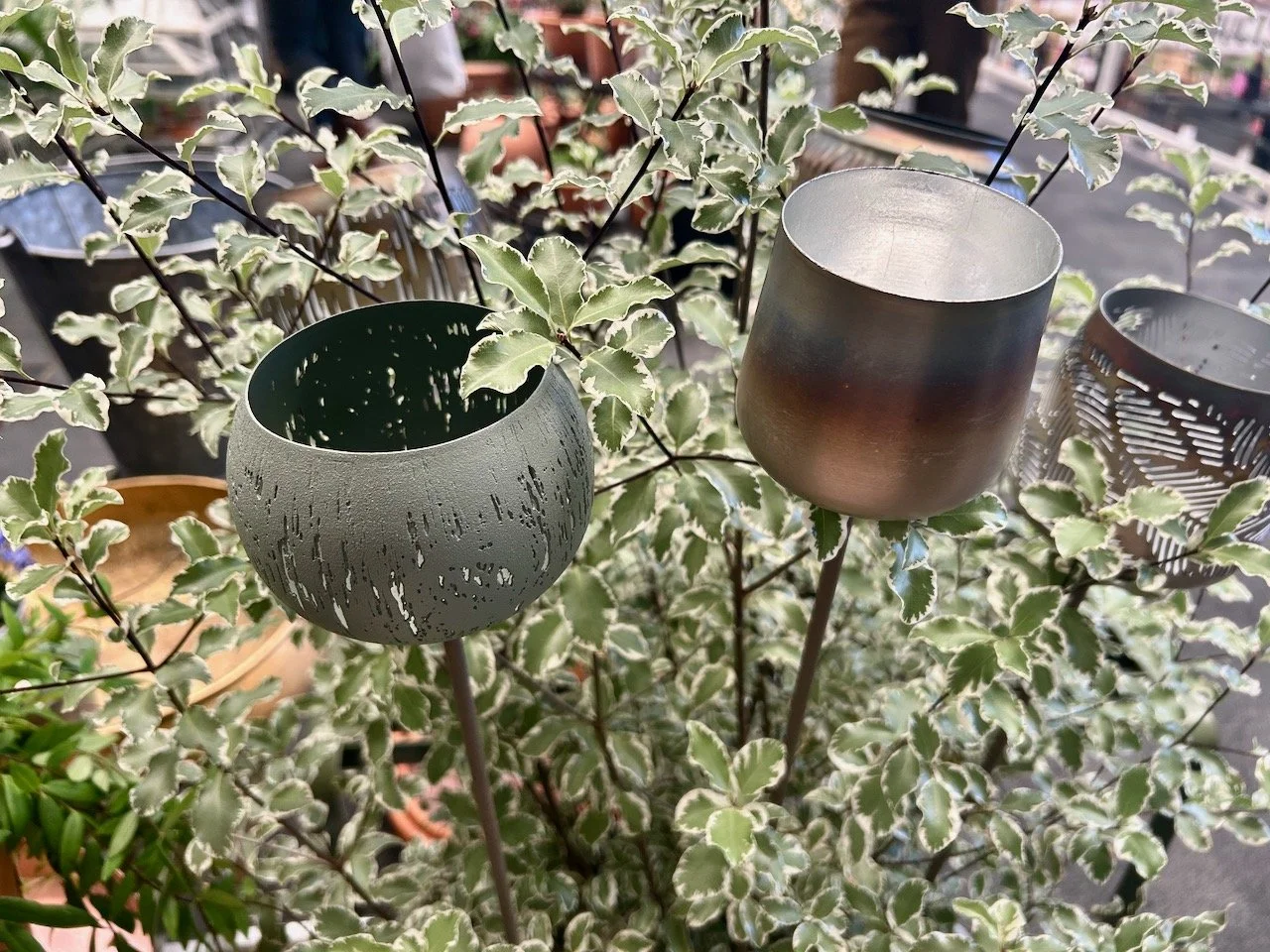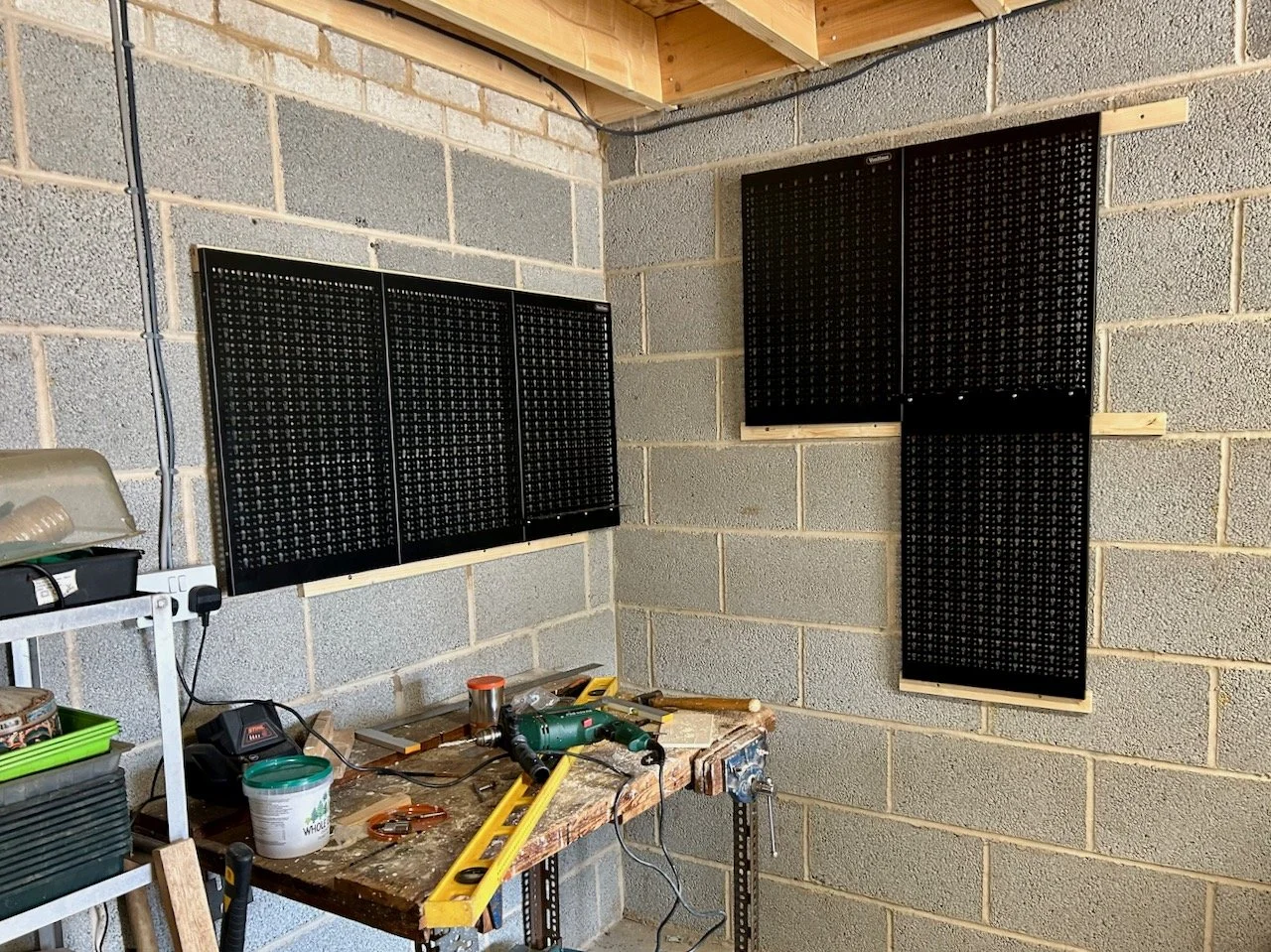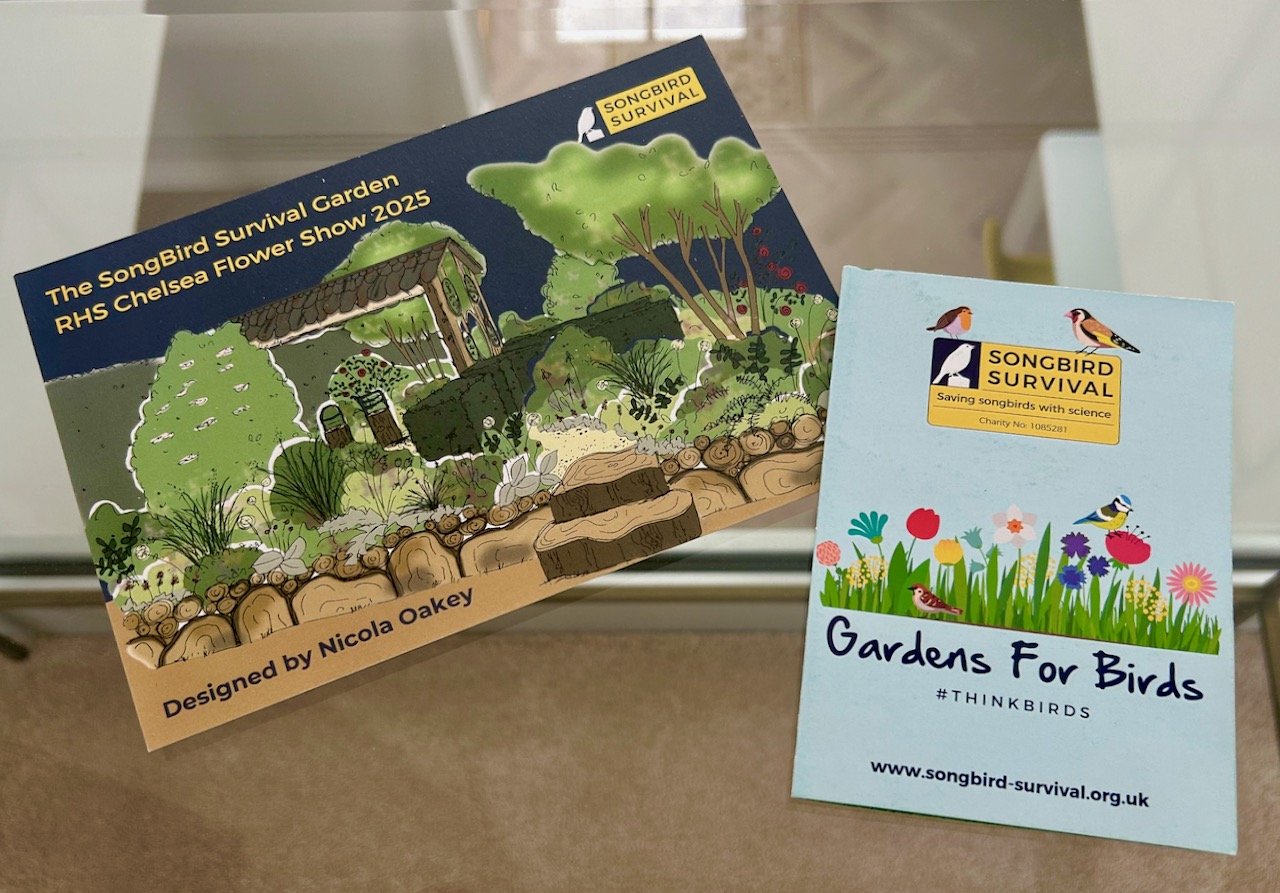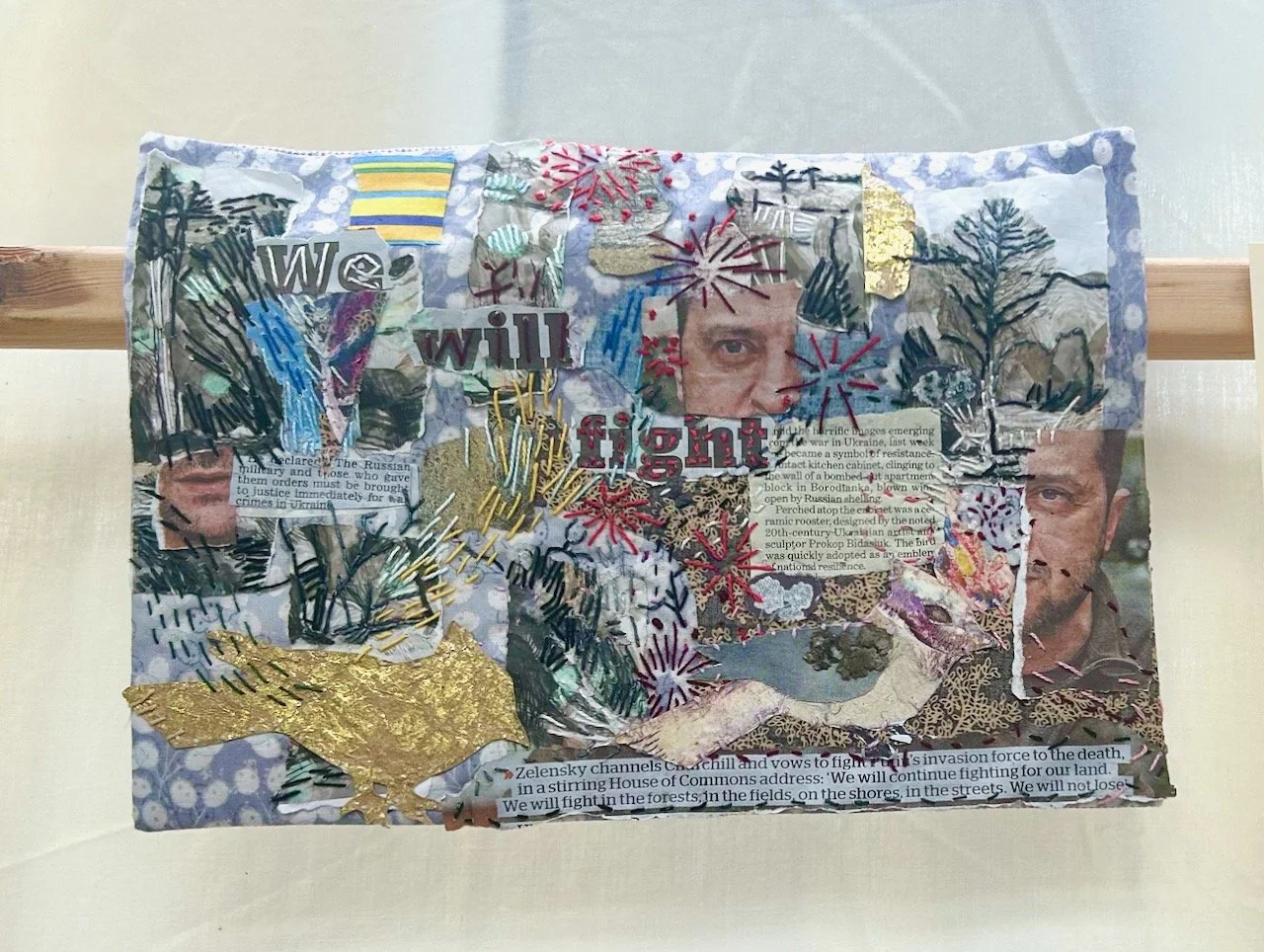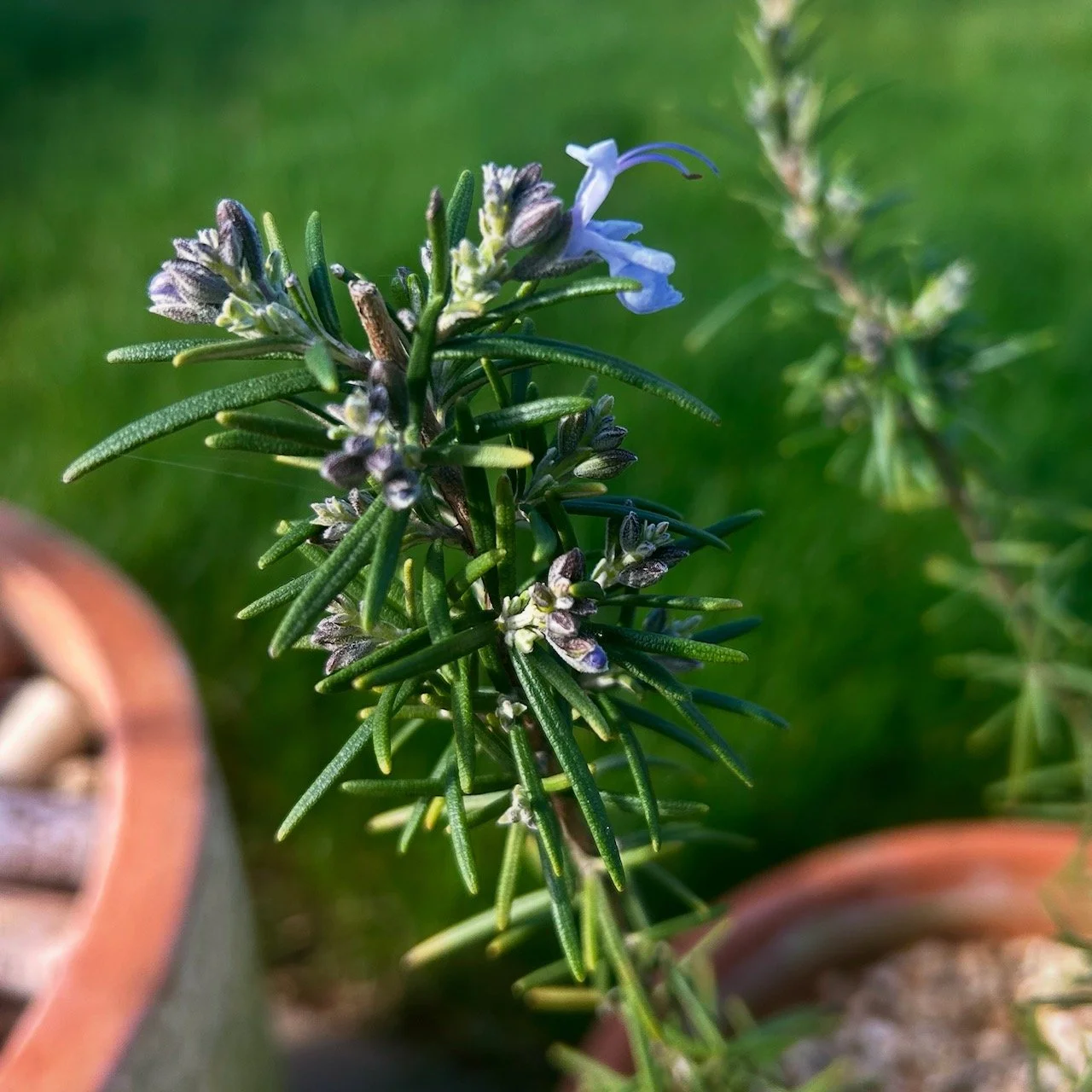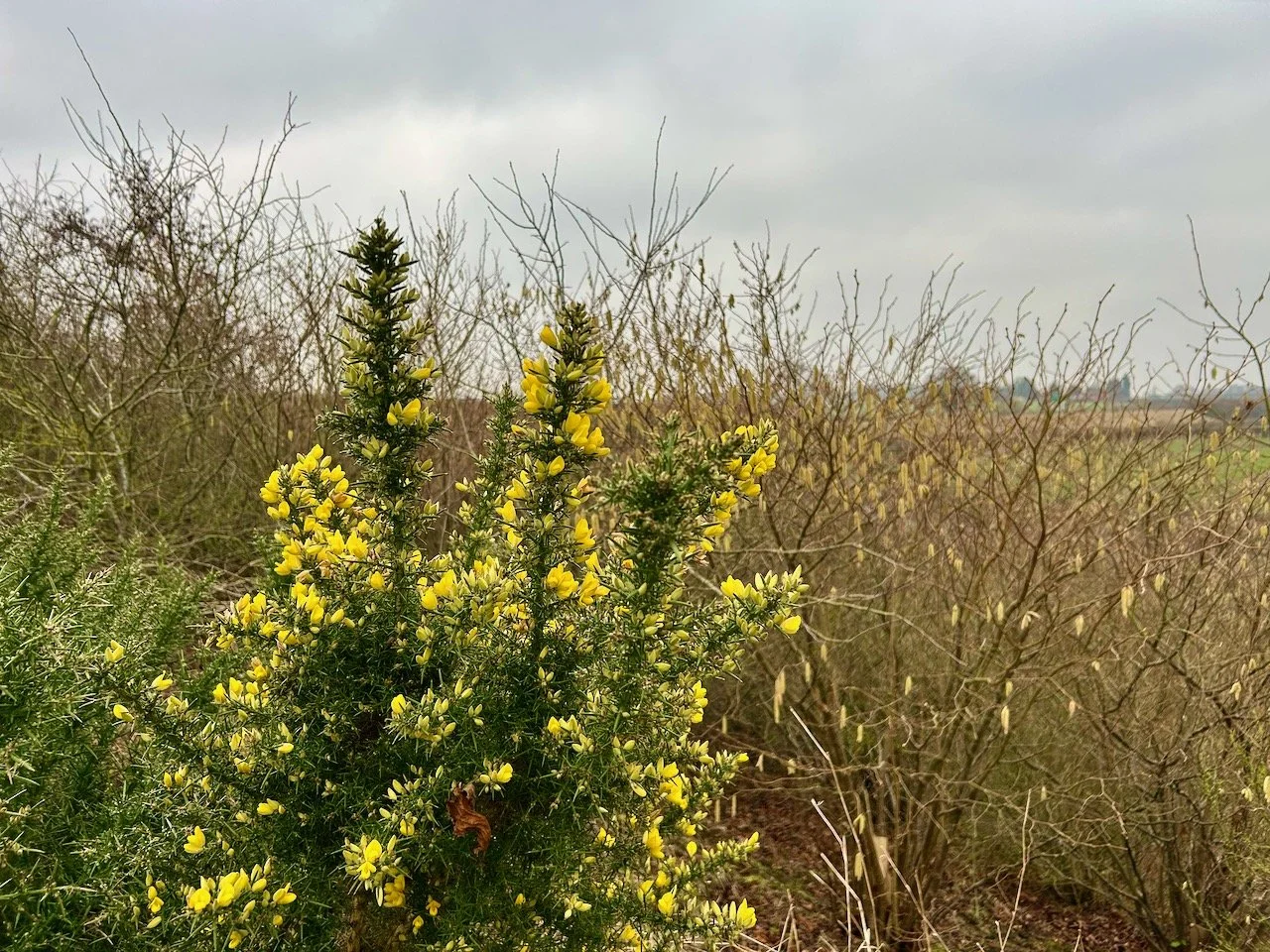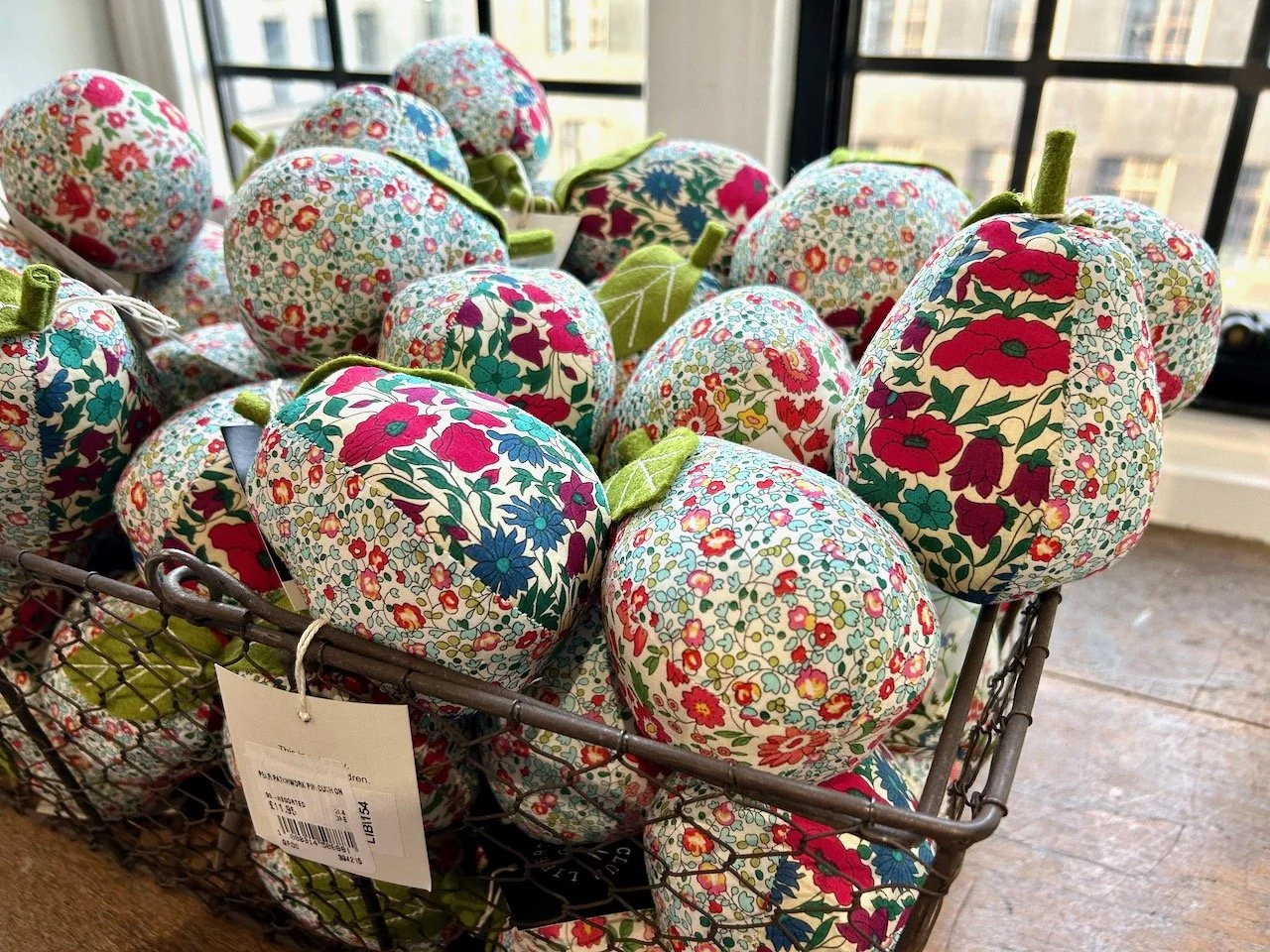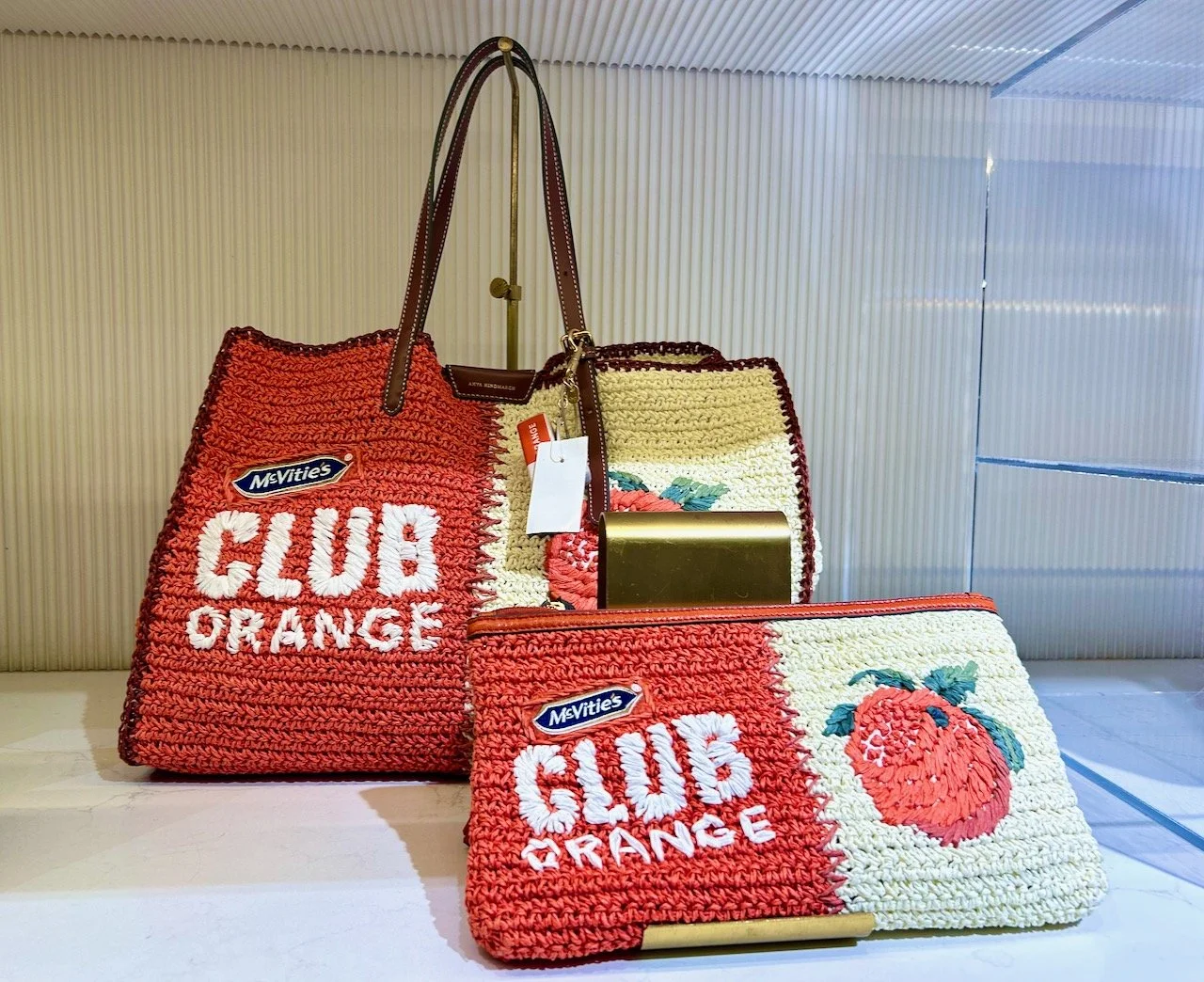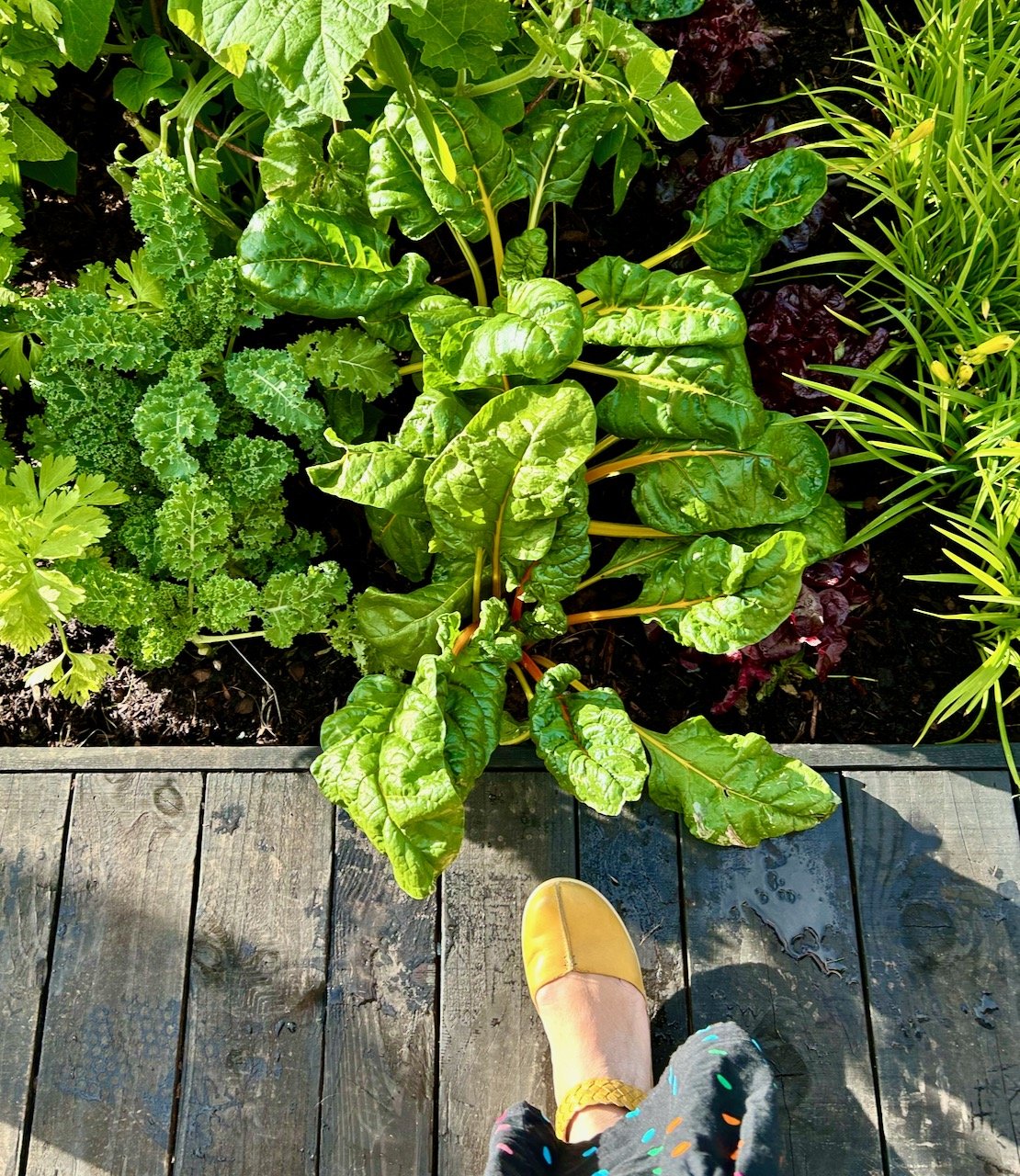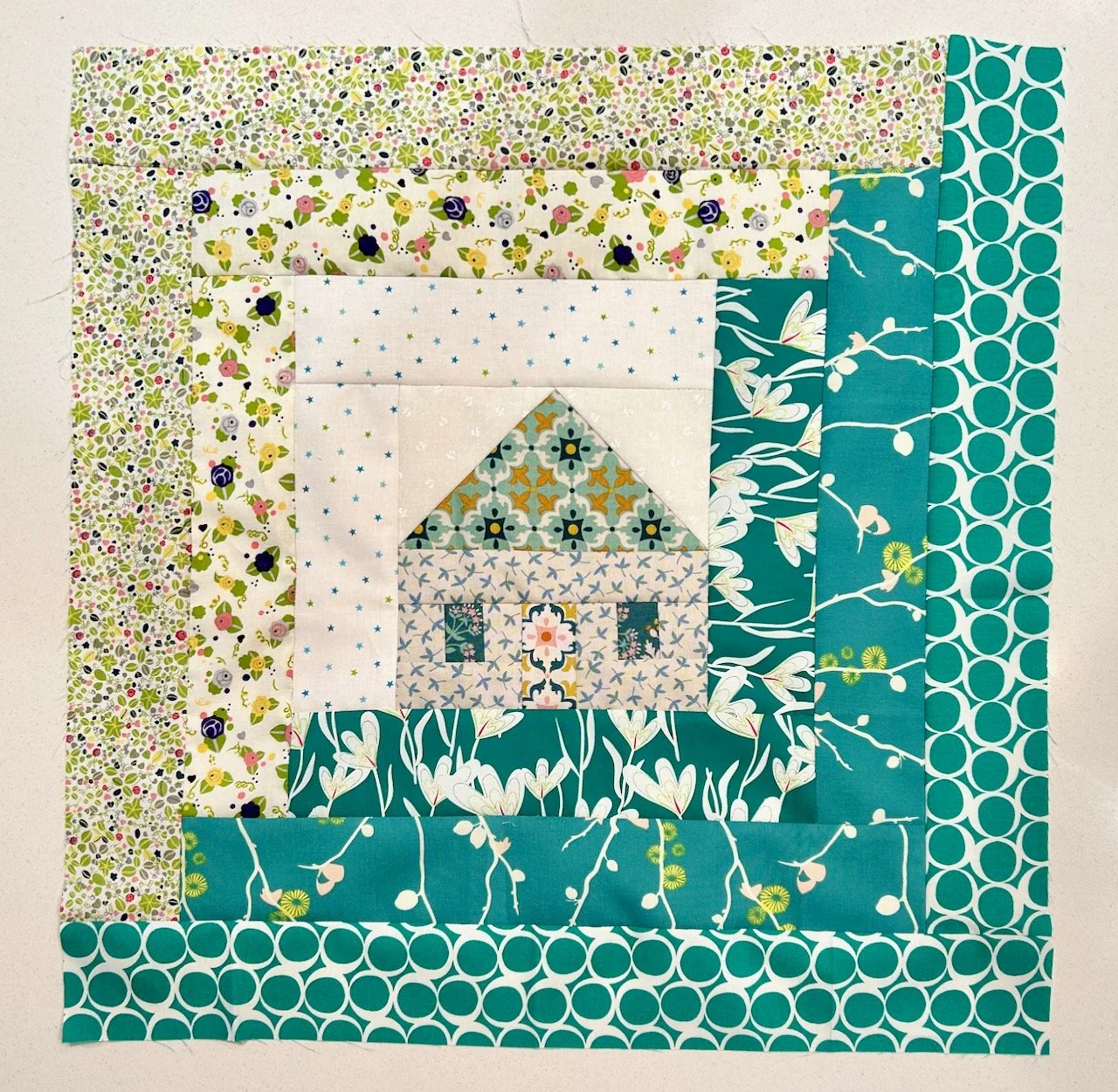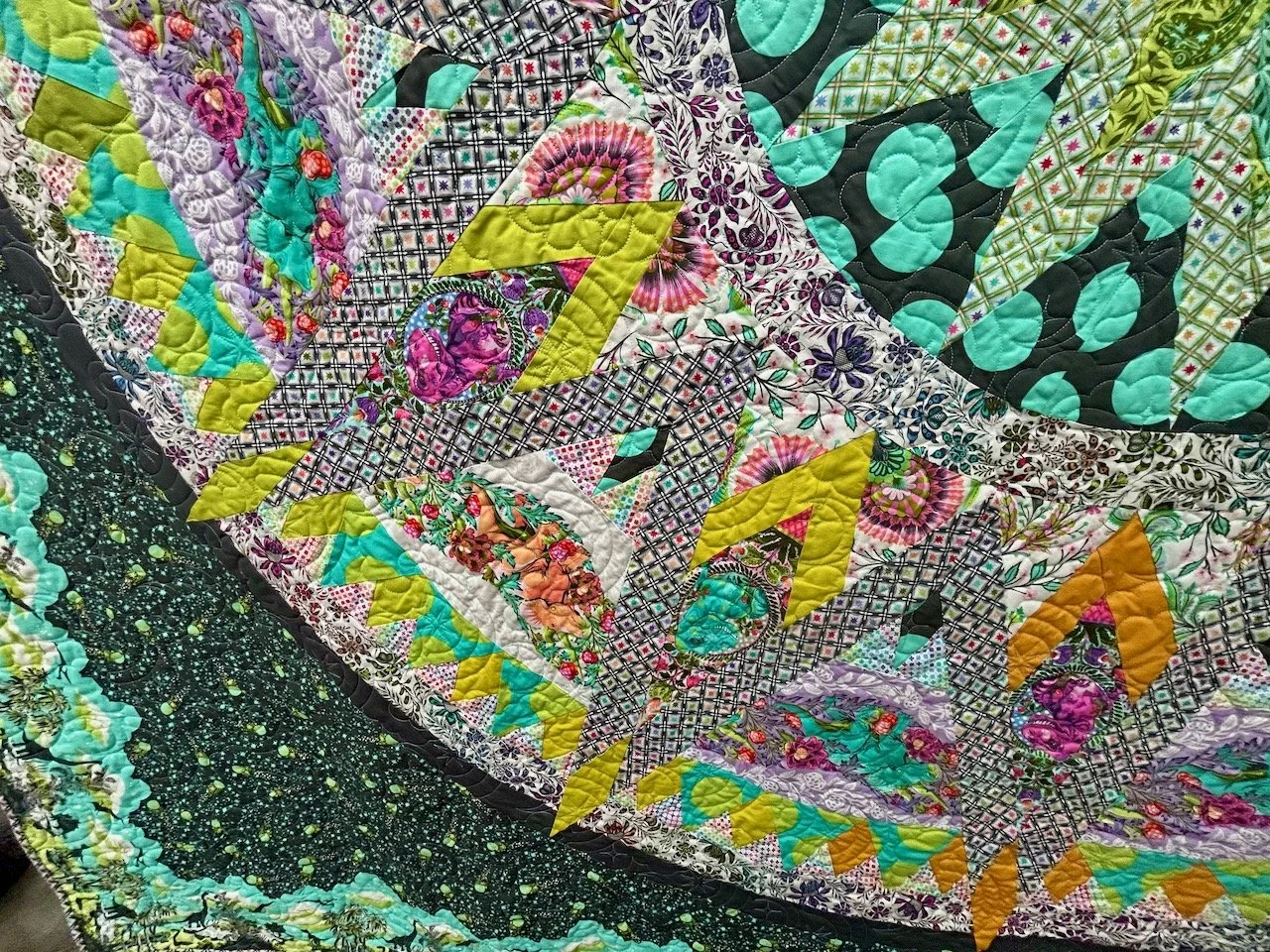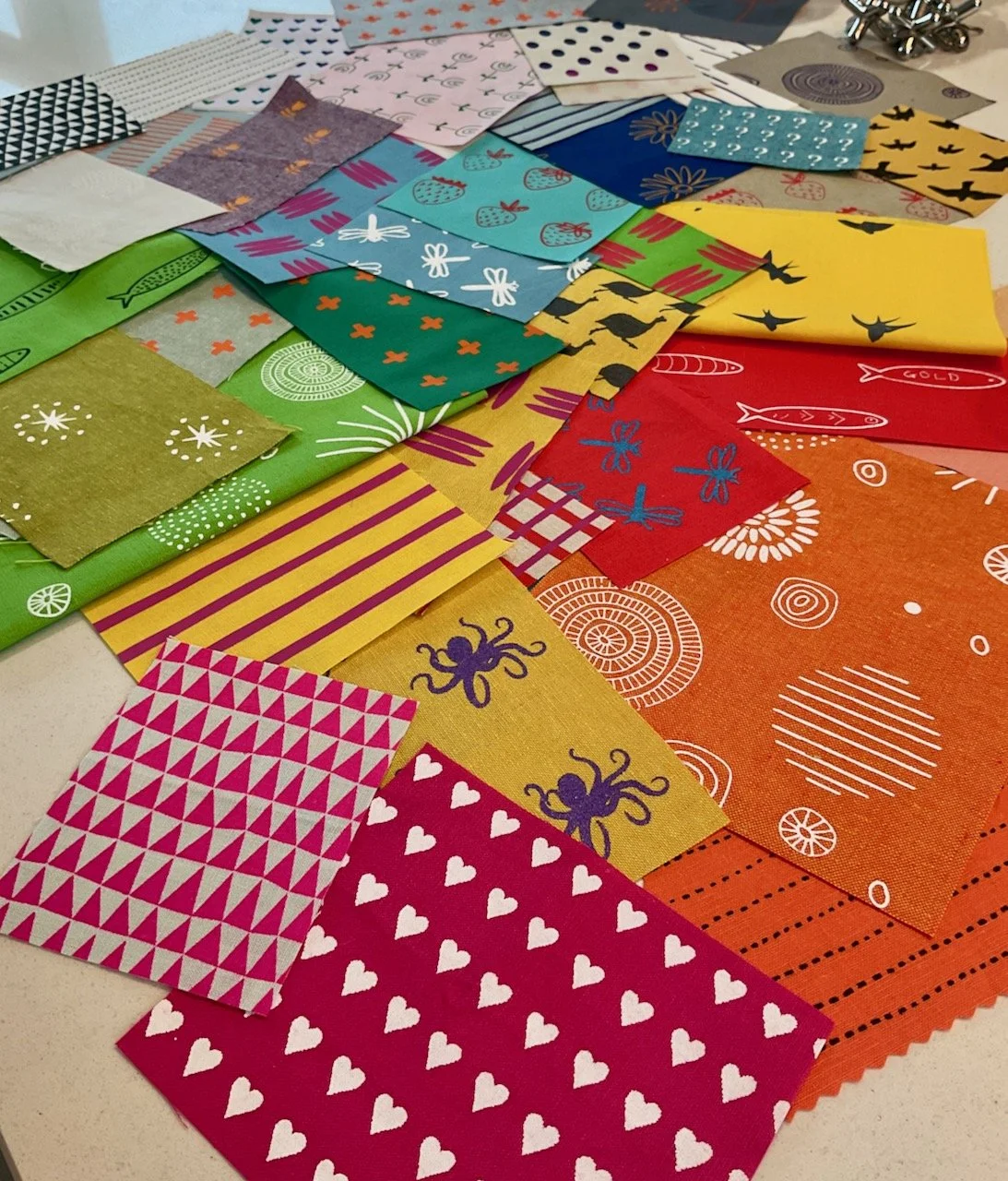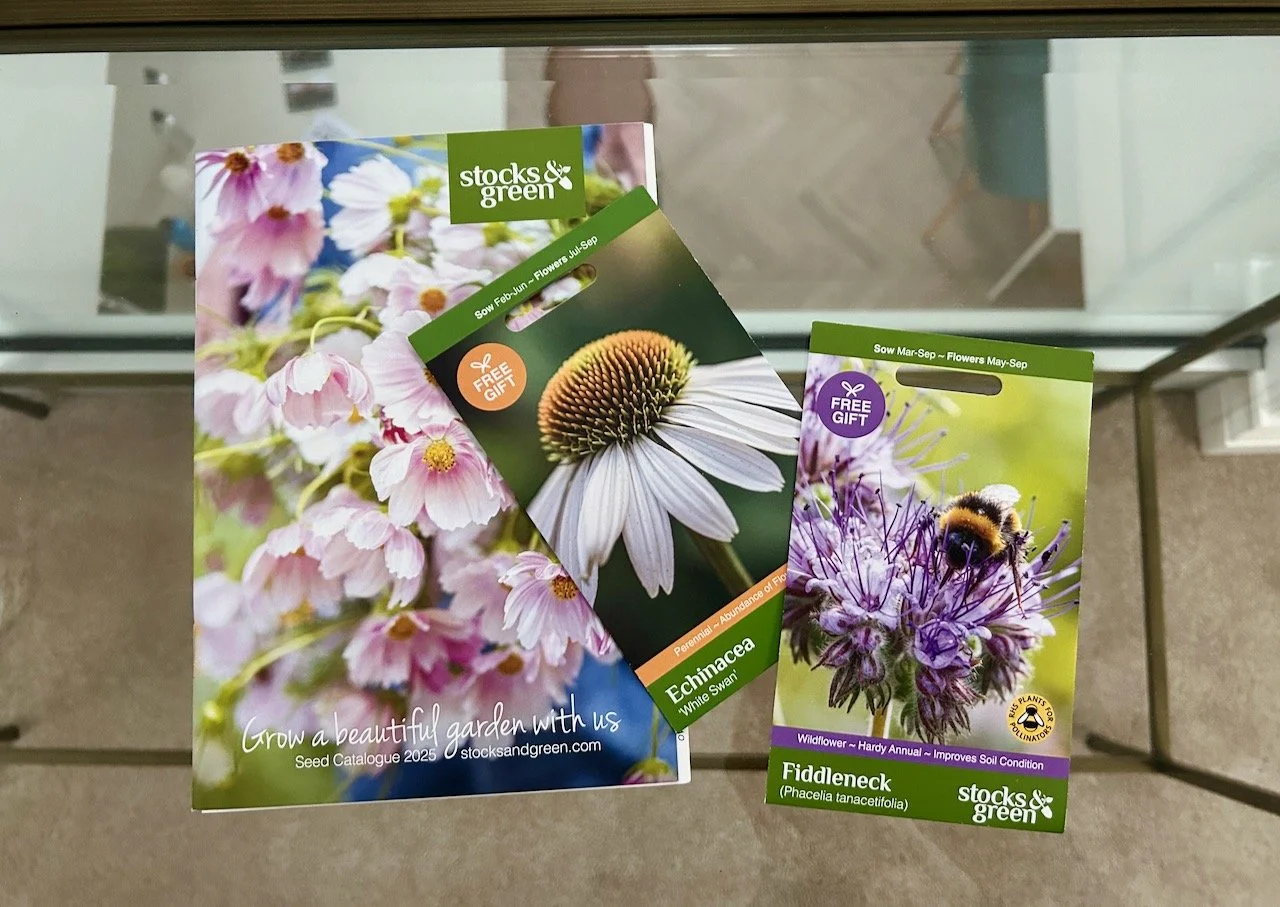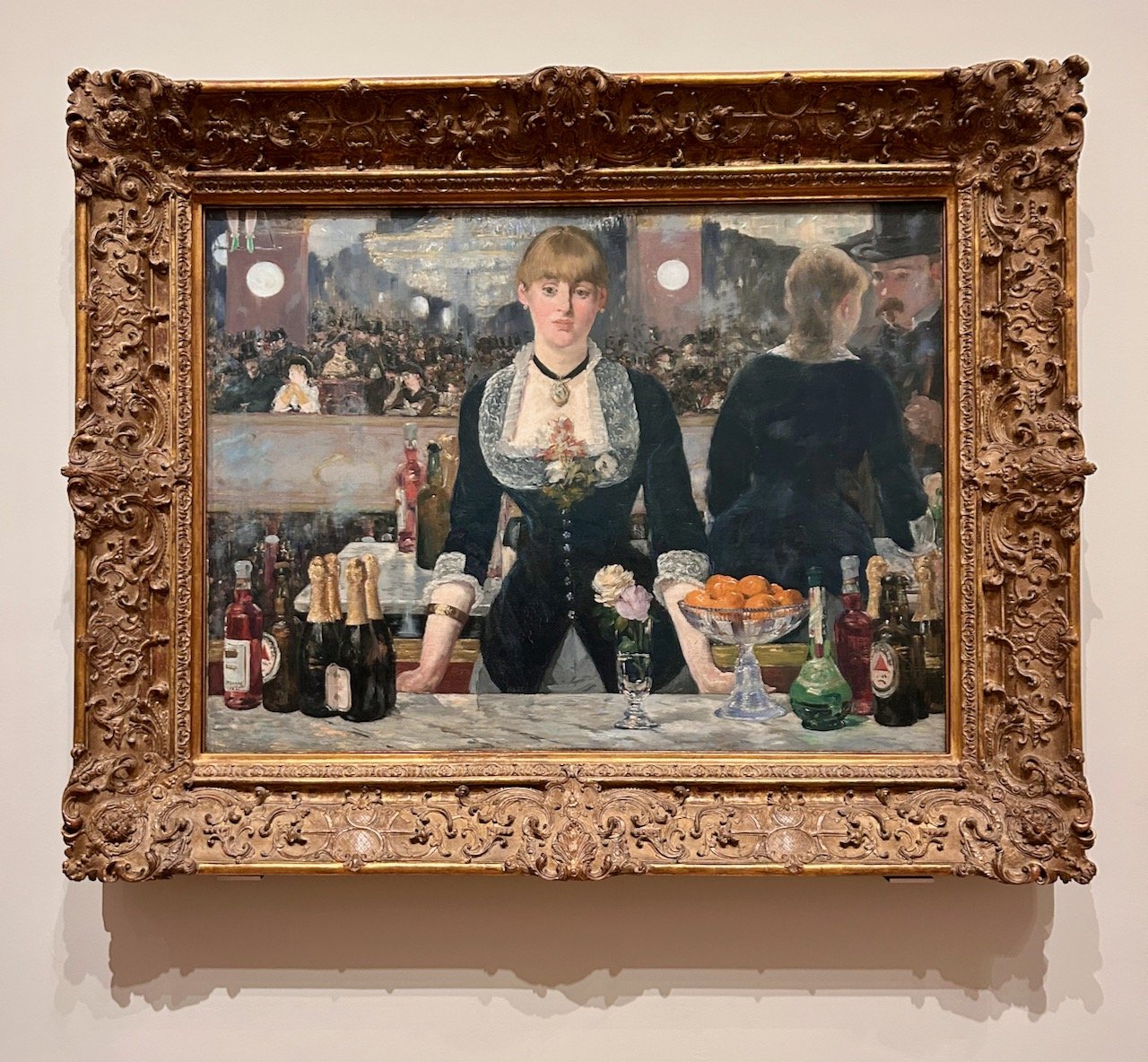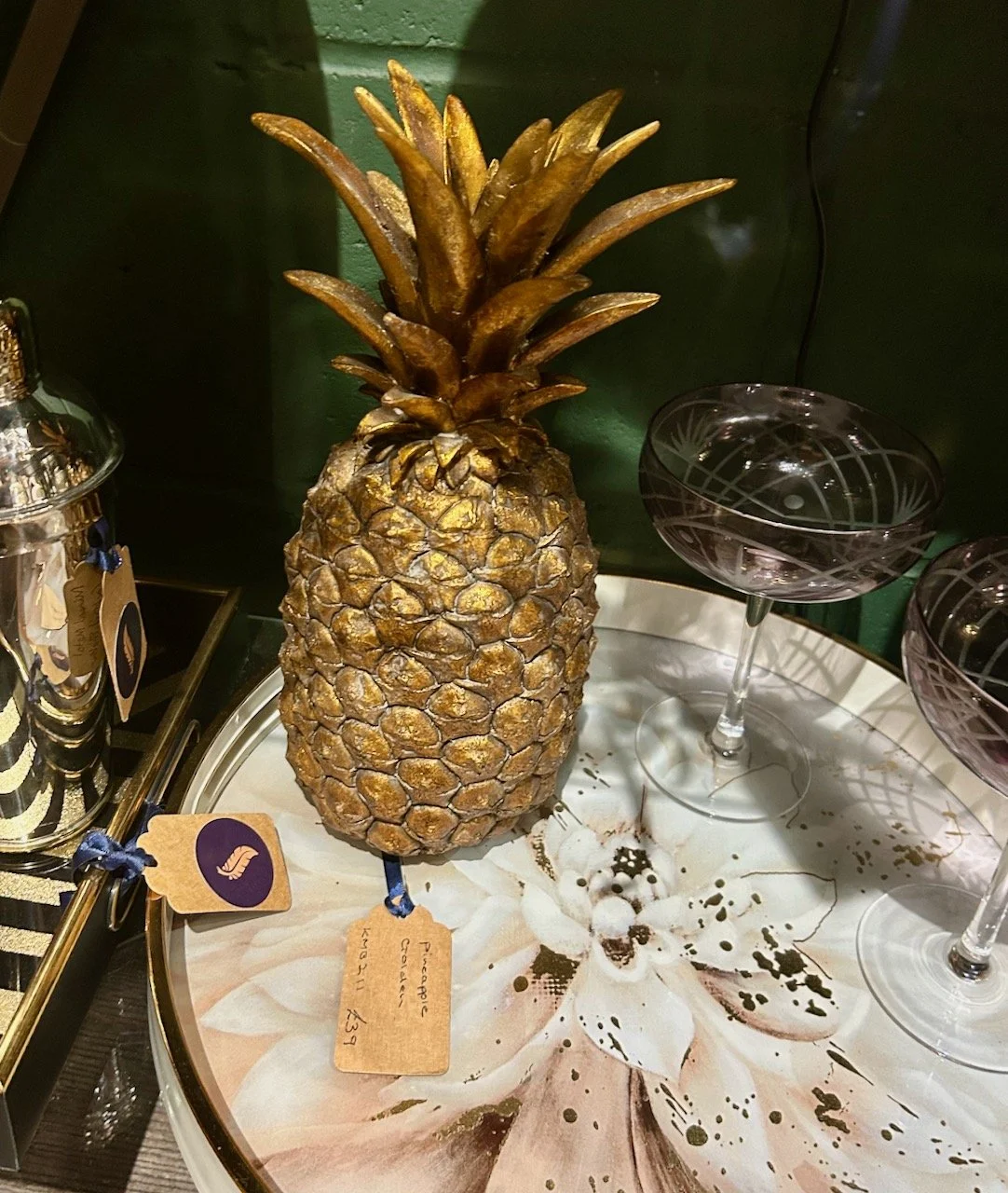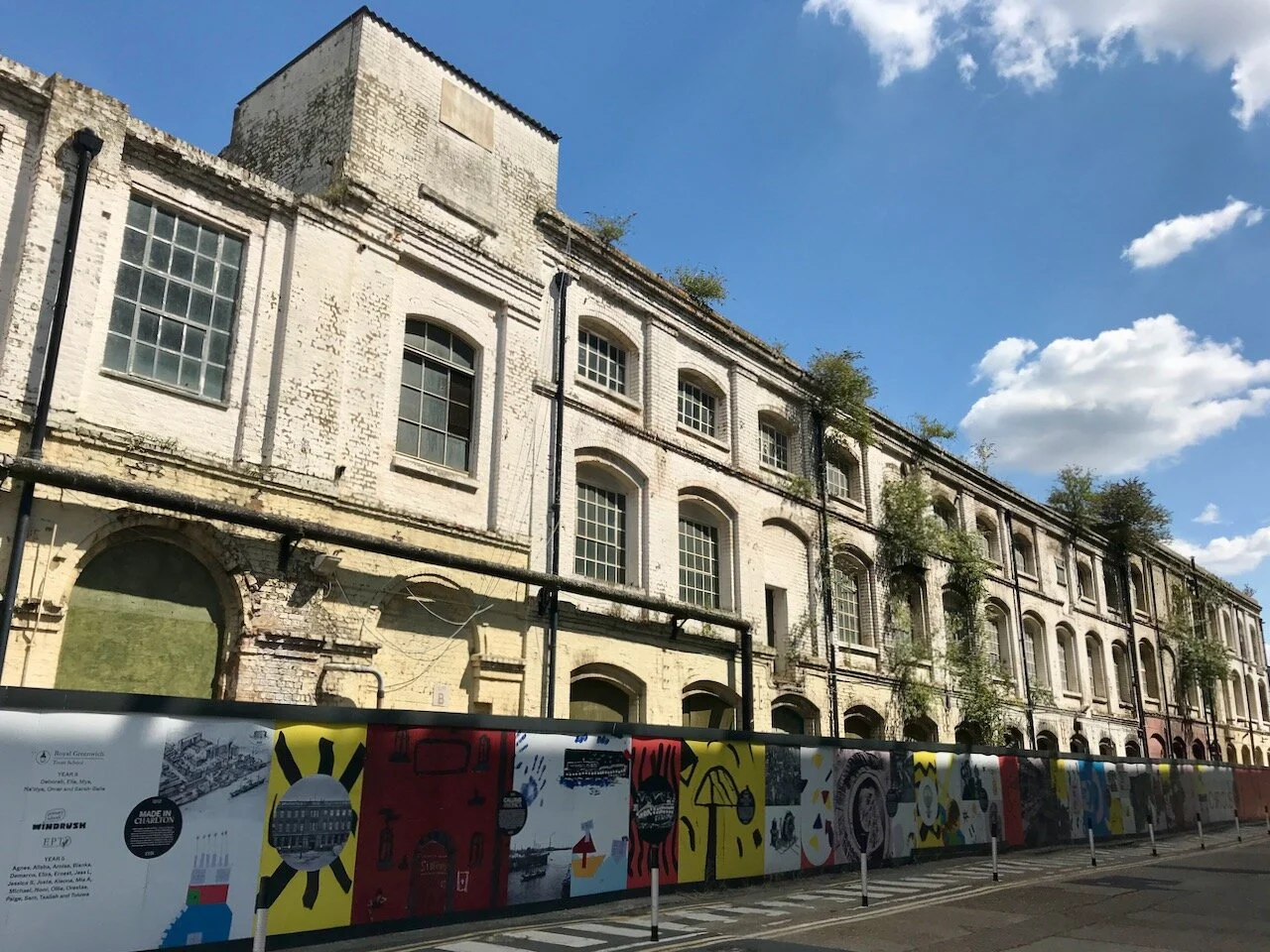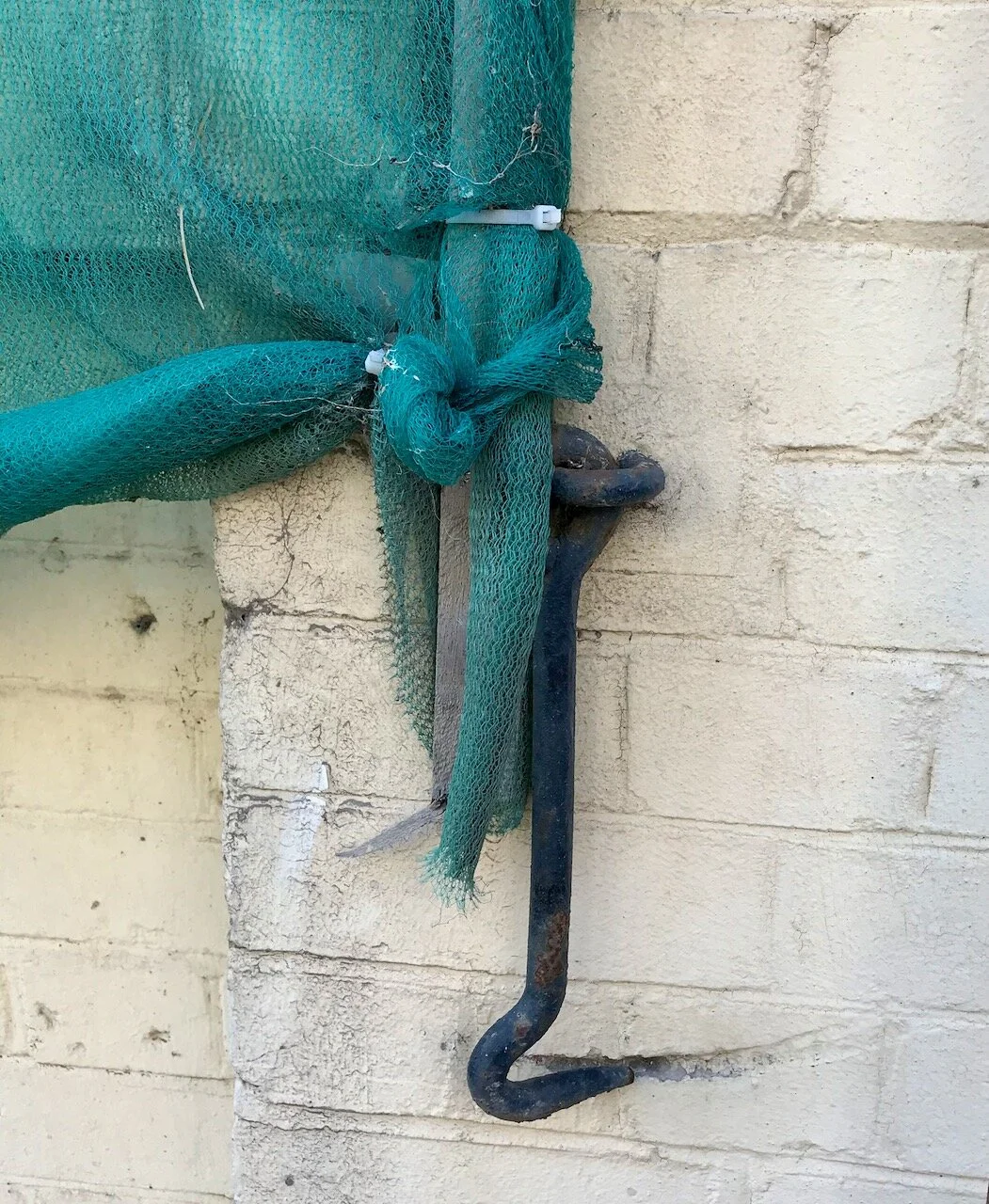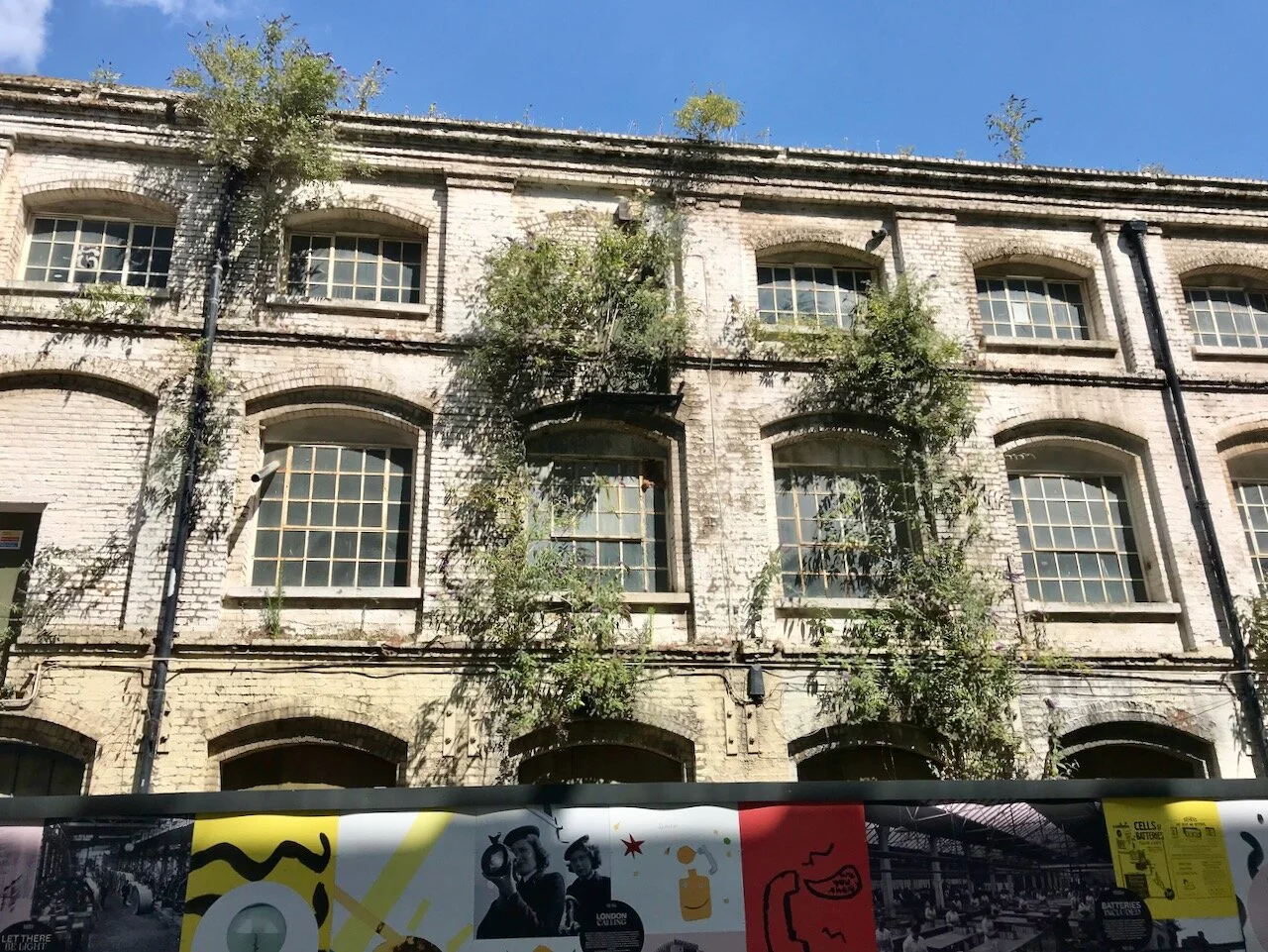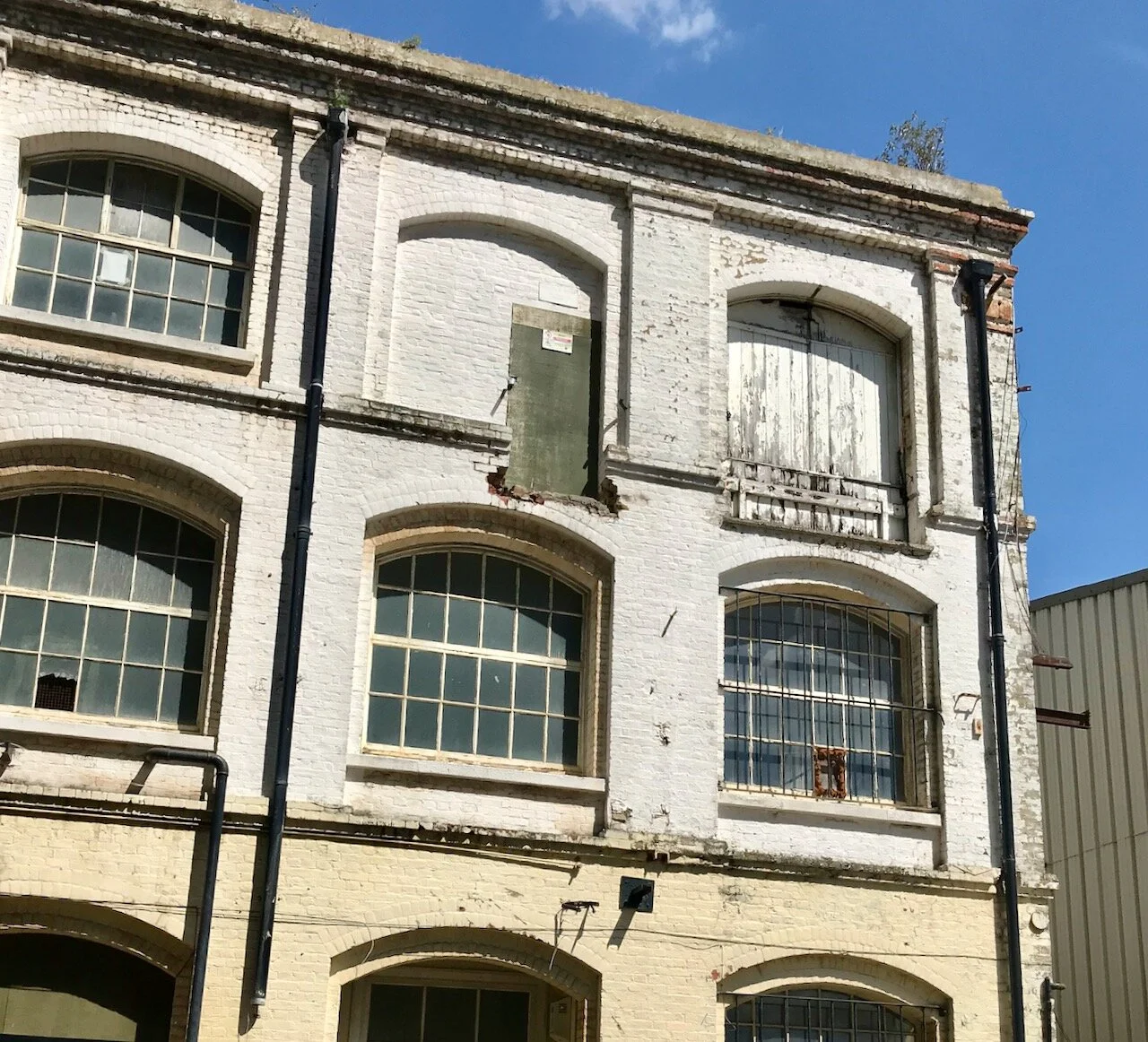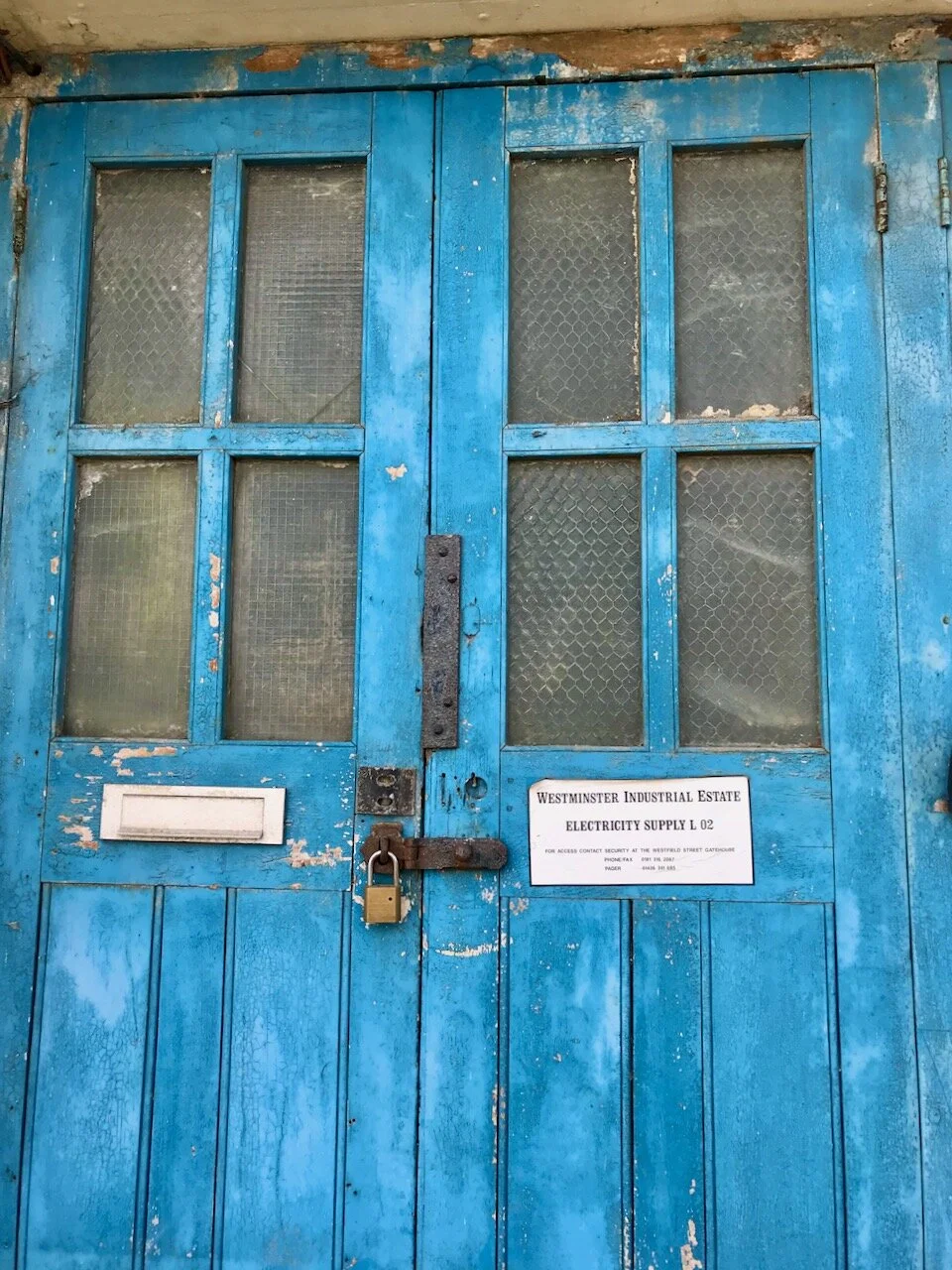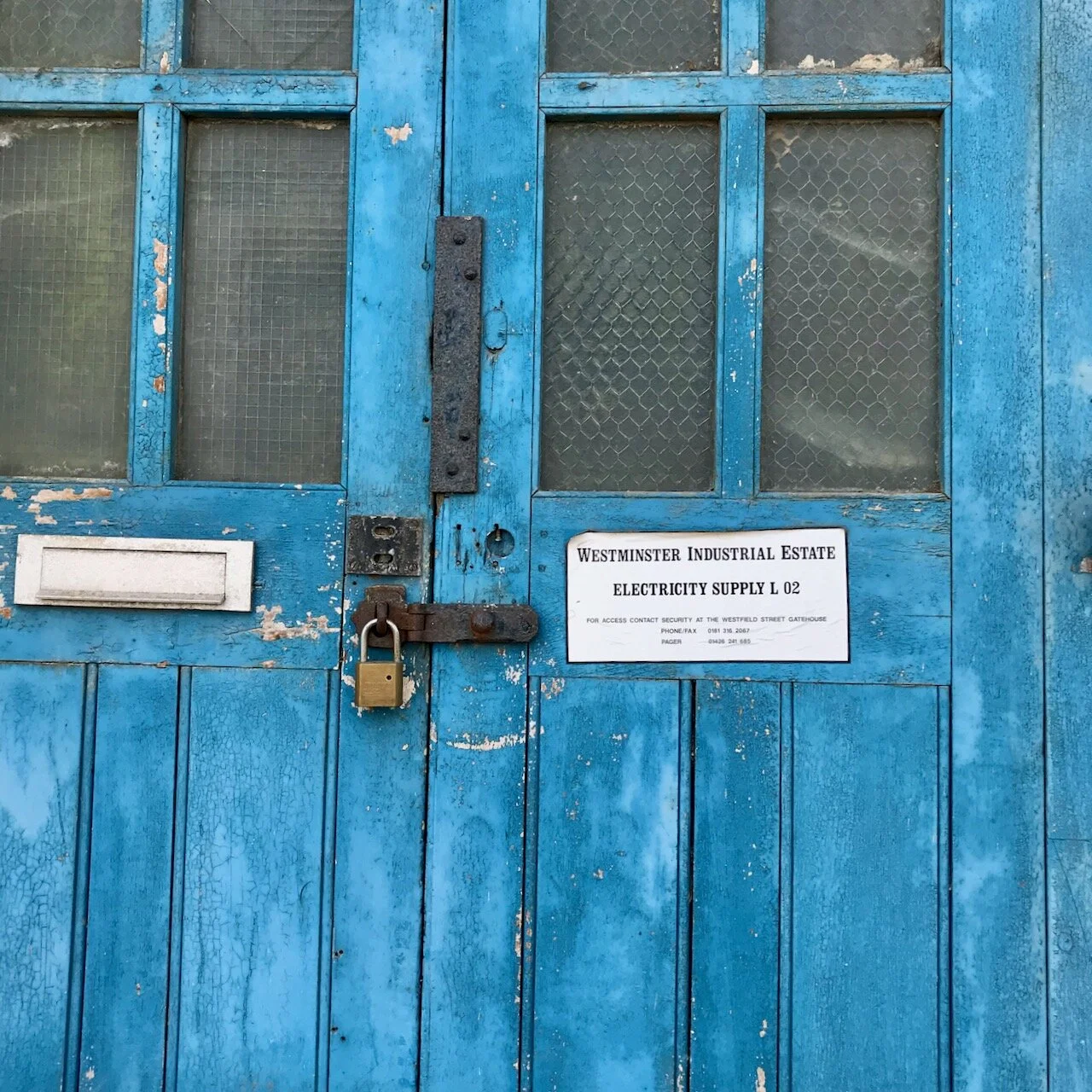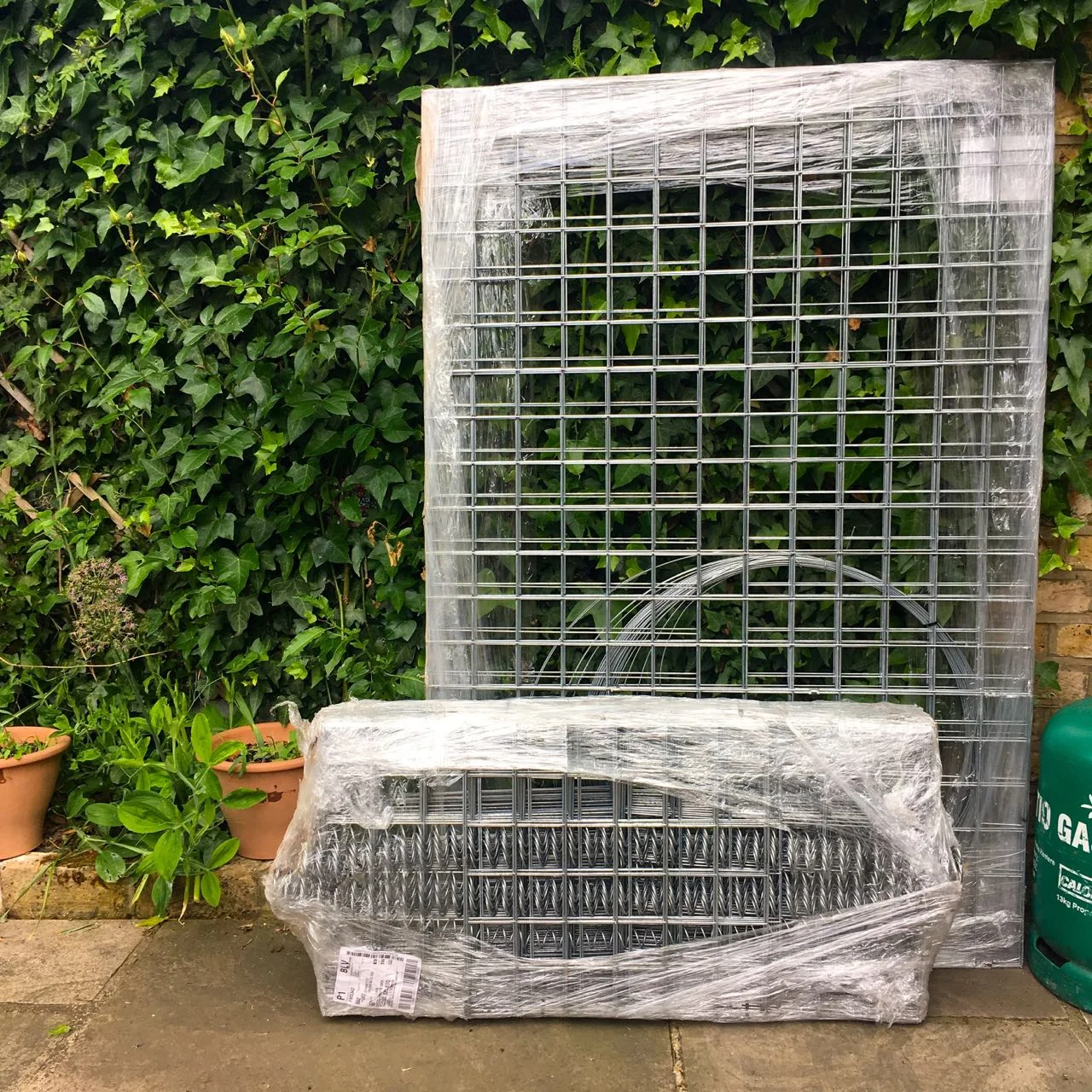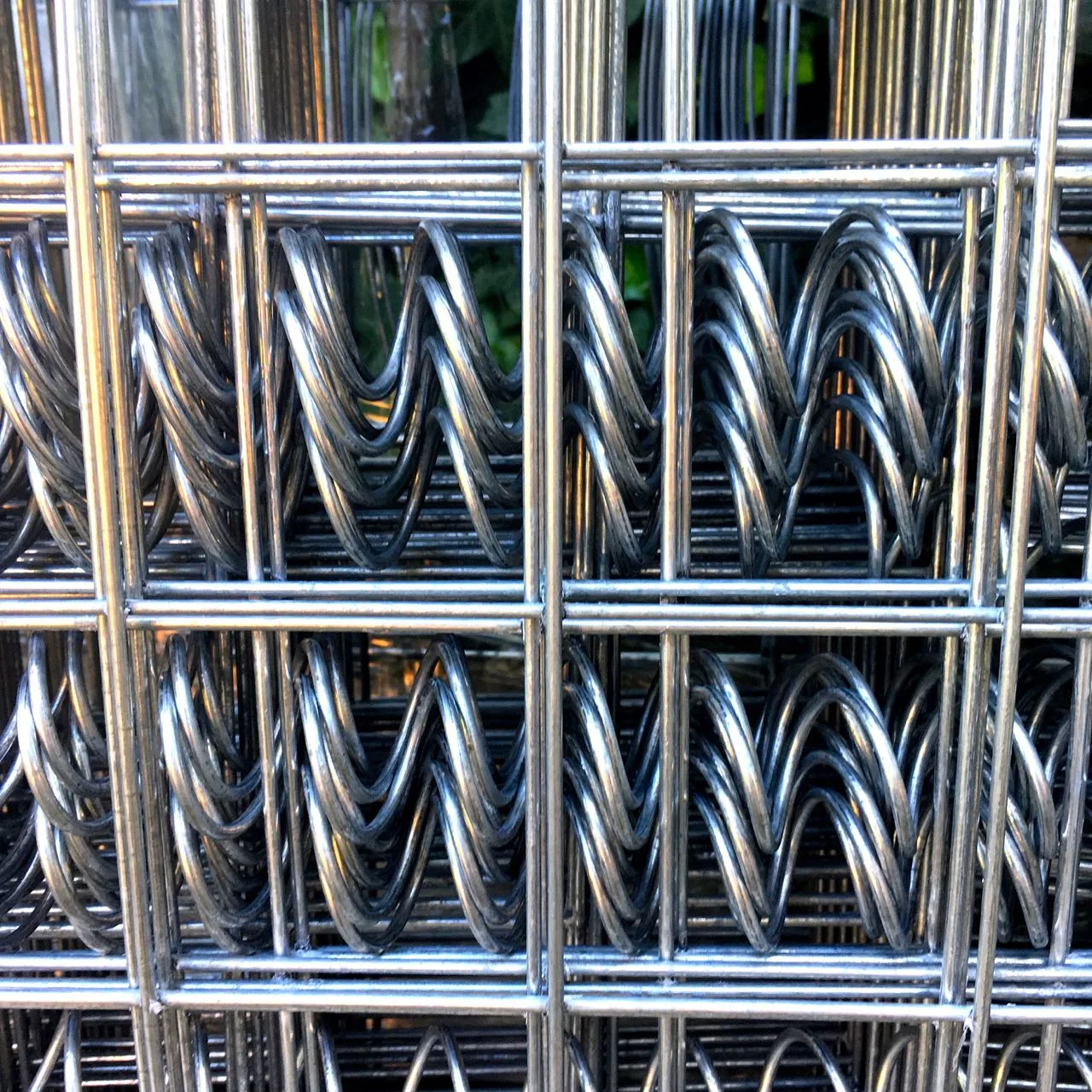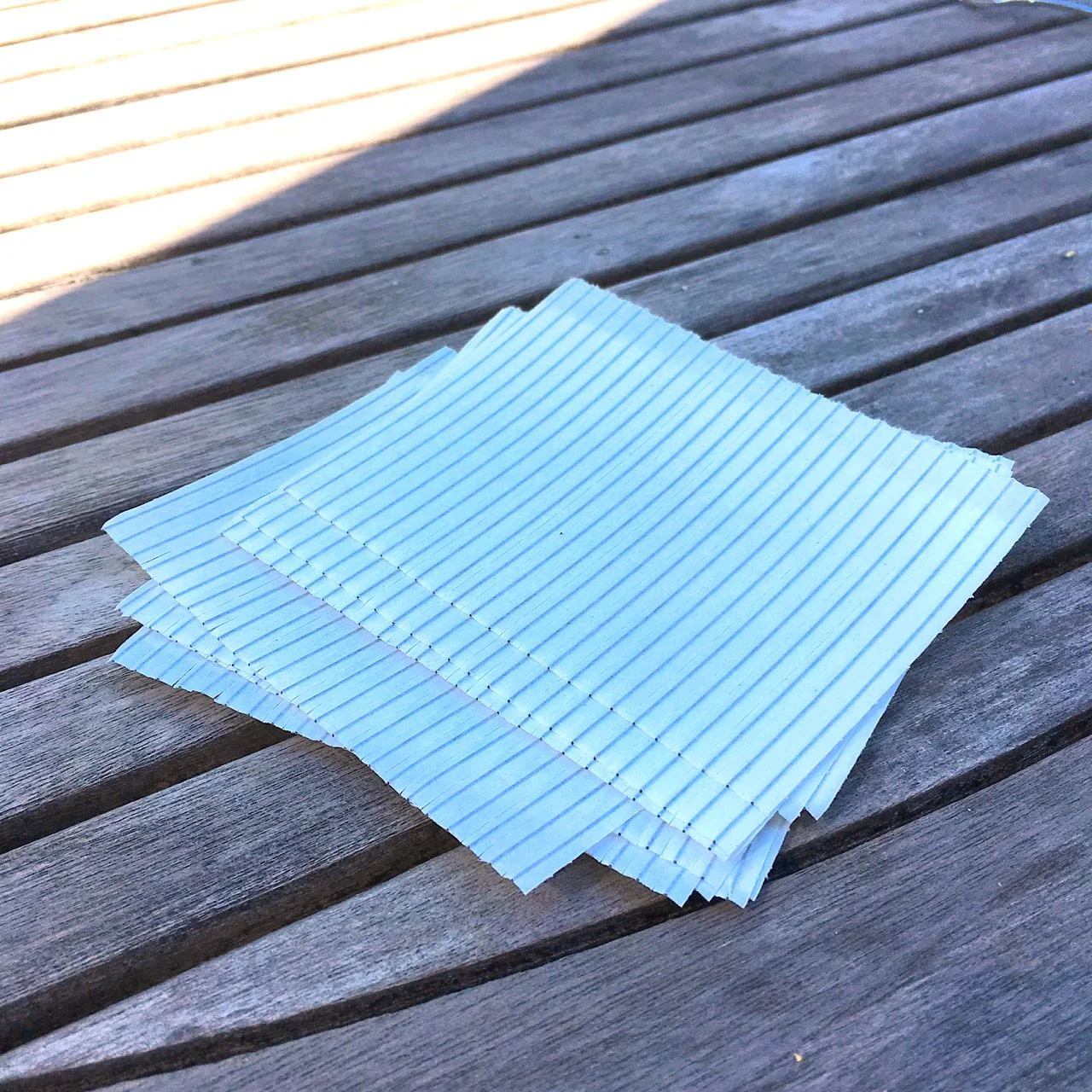This is the final post of the day we spent most of the day on the Thames Path. I’ve already shared posts on the pigeon cruise, which I’ve since learnt is a former Mersey Ferry, and riverside industrial views. Today I’m sharing, what is probably my favourite part of the day, and the most unexpected. It was right at the start of the day that we explored part of Charlton’s Riverside and its faded glory prompted distinct memories of my trip to Cuba back in 2000. It’s true that the blue skies and the warmth of the sun helped!
The area is currently being redeveloped as part of the Faraday Works project. There’s plenty of information on the colourful hoardings and whatever your feelings about this, bringing these buildings back to life has to be the right thing. Though I’m sure there’s plenty of work, as looking at the site, the wire workshop (above) which dates to 1871-90 is currently inaccessible and missing parts of the roof and floors - even from these photos, that’s easily believable.
The site has a fascinating history, in 1863 the Faraday Works site was part of the Siemens Brothers first British factory manufacturing telegraph cables and other equipment. By the outbreak of the Second World War 9,000 people were working there in an area covering 35 acres; the factory helped in operation PLUTO (Pipeline Under the Ocean) which pumped petrol across the English Channel after D-Day.
In the 20th century the site thrived but social and economic change meant the Siemens complex closed. Some buildings were retaining but most were demolished.
The Wire Workshop, which most of these photos show will be restored to become a hub for local businesses providing collaborative working spaces, which sounds a great way of bringing the place back to life.
It will be interesting to see how this space develops. Let’s hope it doesn’t lose it’s history, and the buildings retain their character, but once again become useful and usable.
